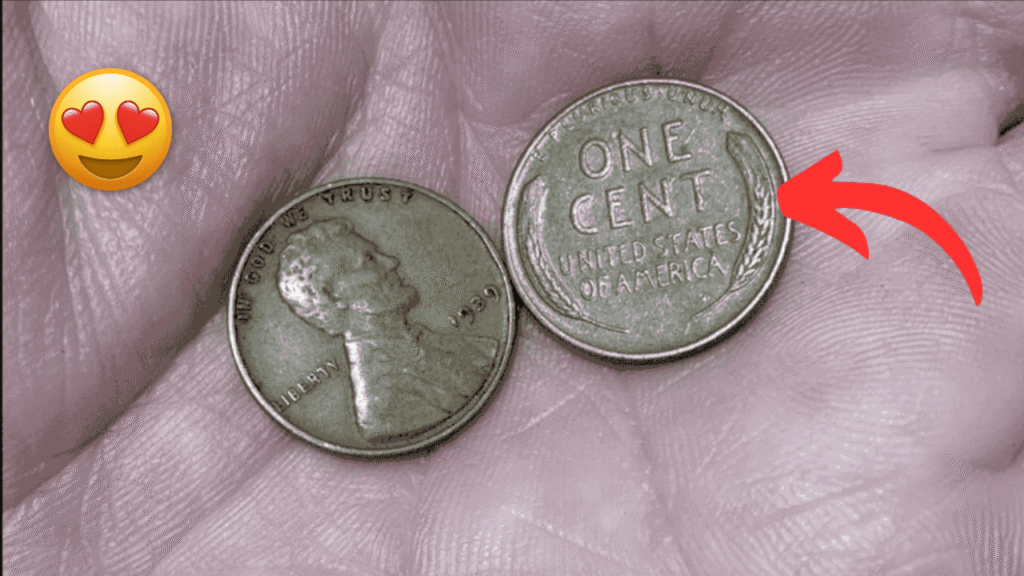Imagine finding a coin in your change jar that looks like every other penny—but turns out to be worth millions. Sounds like something out of a movie, right? Well, that’s exactly the case with the rare 1943 Lincoln Wheat Penny made of copper. It’s one of the most valuable coins in American history, and there’s a chance it’s still floating around out there, just waiting to be discovered.
Let’s break down what makes this coin so valuable, how to tell if you’ve got one, and what to do next if you do.
Why Is the 1943 Copper Penny So Valuable?
During World War II, copper was a vital material for ammunition and military equipment. So, in 1943, the U.S. Mint decided to conserve copper by making pennies from steel coated in zinc. These new coins looked silver and had a completely different feel.
But here’s the twist: a small batch of 1943 pennies was accidentally struck using leftover copper blanks from the previous year. These weren’t supposed to exist, which is exactly why they’re so valuable now. Only 15 to 20 of these copper 1943 Wheat Pennies are known to exist.
Collectors go absolutely wild for these “error coins.” One of them sold for a jaw-dropping $4.4 million, and others have fetched hundreds of thousands. That’s not a typo—millions.
How to Tell If You Have a 1943 Copper Penny
So, how do you know if that 1943 penny you found is the real deal? Here’s a quick checklist you can use at home:
| Feature | 1943 Steel Penny | 1943 Copper Penny |
|---|---|---|
| Color | Silver-gray | Reddish-brown / coppery |
| Magnetic? | Yes | No |
| Weight | 2.7 grams | 3.11 grams |
| Sticks to a Magnet? | Yes | No |
The easiest test? Grab a magnet. If the coin sticks, it’s a common steel penny. But if it doesn’t, and it has that classic copper color—you might be onto something big.
However, to be sure, don’t try to clean or alter the coin. That can ruin its value. The next step is to get it authenticated by a professional.
Where to Get Your Coin Authenticated
If you think you’ve found a 1943 copper Wheat Penny—or any rare coin—your best move is to get it evaluated by a certified coin grading service. Two of the most trusted names in the business are:
- PCGS (Professional Coin Grading Service)
- NGC (Numismatic Guaranty Corporation)
These companies can officially certify and grade your coin, which is essential if you want to sell it to collectors or through an auction.
How to Sell a Rare Penny
Once your coin is authenticated, it’s time to cash in. Some reputable places to sell rare coins include:
- Great Collections
- Heritage Auctions
- The ANA Coin Dealer Directory
Make sure you avoid selling to random buyers online unless you’re working through a secure, verified platform. When dealing with coins worth thousands—or even millions—you want everything done right.
Other Rare Pennies to Look For
The 1943 copper penny might be the holy grail, but it’s not the only valuable one out there. Other Wheat Pennies and vintage coins worth big money include:
- 1909-S VDB Lincoln Penny – One of the rarest first-year issues.
- 1914-D Wheat Penny – Scarce and very collectible.
- 1955 Doubled Die Penny – Look closely—the lettering looks “doubled.”
- Buffalo Nickels with visible dates.
- Pre-1964 silver coins – These contain actual silver and are worth more than face value.
Interested in Coin Collecting? Start Here
If this has sparked your interest in coin collecting, you’re not alone. It’s a hobby that can be fun and profitable. Here’s how to get started:
- Learn how coin grading works (terms like Good, Fine, Uncirculated, etc.).
- Read from trusted guides like the Red Book (A Guide Book of United States Coins).
- Use free resources from money.org
- Attend coin shows or join local collector groups.
And remember, never clean old coins—it can reduce their value significantly.
That Penny in Your Pocket Could Change Your Life
The 1943 copper Lincoln Wheat Penny is the perfect example of how a small mistake can become a big treasure. With only a handful known to exist, it’s rare—but not impossible—that one might still be hiding in an old jar, drawer, or inherited collection.
So next time you’re sorting through your spare change or old coins, don’t just toss those pennies aside. One of them might just be worth millions.

